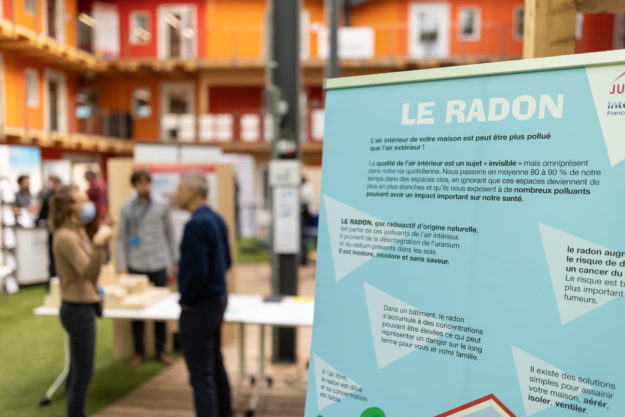The Radon and Indoor Air Quality Centre of Western Switzerland (croqAIR), which is part of the School of Engineering and Architecture of Fribourg (HEIA-FR), has carried out radon measurements in schools across 24 Fribourg municipalities. It found that the average indoor radon concentrations in four premises were higher than the reference value stipulated in the Radiological Protection Ordinance (2017). Further analyses are under way in these schools, as planned. However, there is no cause for public alarm. The values recorded by croqAIR are not excessively high, which is why the schools have up to 10 years to take the necessary remedial action.
You might not have heard of radon before but, whether you are a tenant or property owner, there are some important basic facts you need to know. Radon is a radioactive gas that occurs naturally in the ground and can sometimes seep undetected into our homes. This indoor air pollutant is colourless and odourless, making it easy to miss.
As part of its mitigation efforts, the Swiss Confederation created an organisation 15 years ago comprising three radon competence centres, each based at one of the country's universities of applied sciences centres (Fribourg, Muttenz and Mendrisio) and responsible, among other things, for providing FOPH-accredited radon training courses. FOPH-recognised radon experts are qualified to advise building contractors, owners and managers and assist construction companies with radon prevention in new builds and remediation action in existing structures.
Joëlle Goyette Pernot, a professor at the TRANSFORM Institute of the HEIA-FR and the Federal Office of Public Health's Radon Delegate for French-speaking Switzerland, led the team which carried out the radon analyses. This work, which is ongoing, is part of the wider SCOL'AIR-FR research project on air quality in 24 primary schools in the canton of Fribourg. As well as radon, the research team measures other variables, including temperature, relative humidity, CO2, volatile organic compounds and fine particles, and its analyses include factors like the activities that take place in the classrooms, as well as building quality and ventilation systems. Multiple measurement campaigns are carried out at different times of the year, beginning in autumn 2021 and ending in spring 2023.
Radon Awareness Month, in November, shone a spotlight on this radioactive gas.
Press review | In French
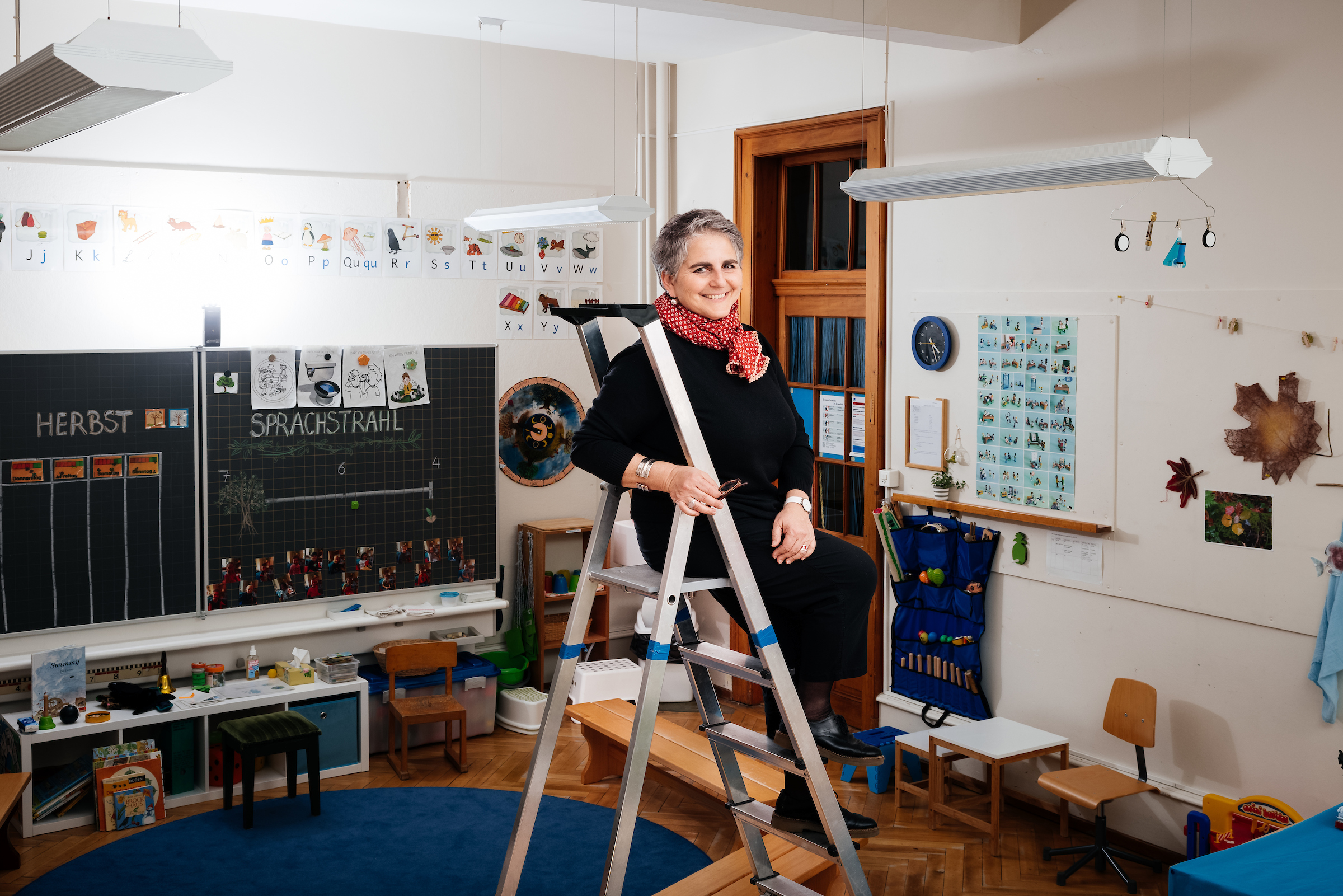
Avis d'experts, RTS
Emission On en parle
21 novembre 2022
Listen to the interview
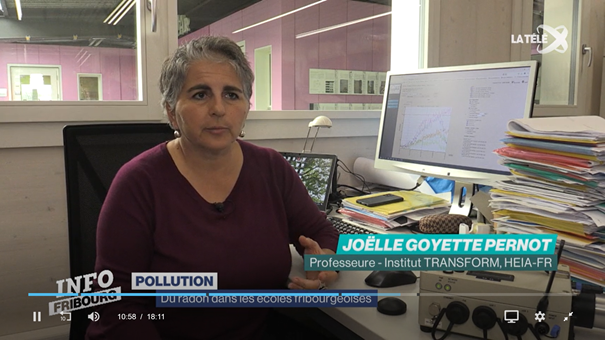
La Télé
10 novembre 2022
Watch the programme
Telebilingue
Watch the programme (dès 5:39)
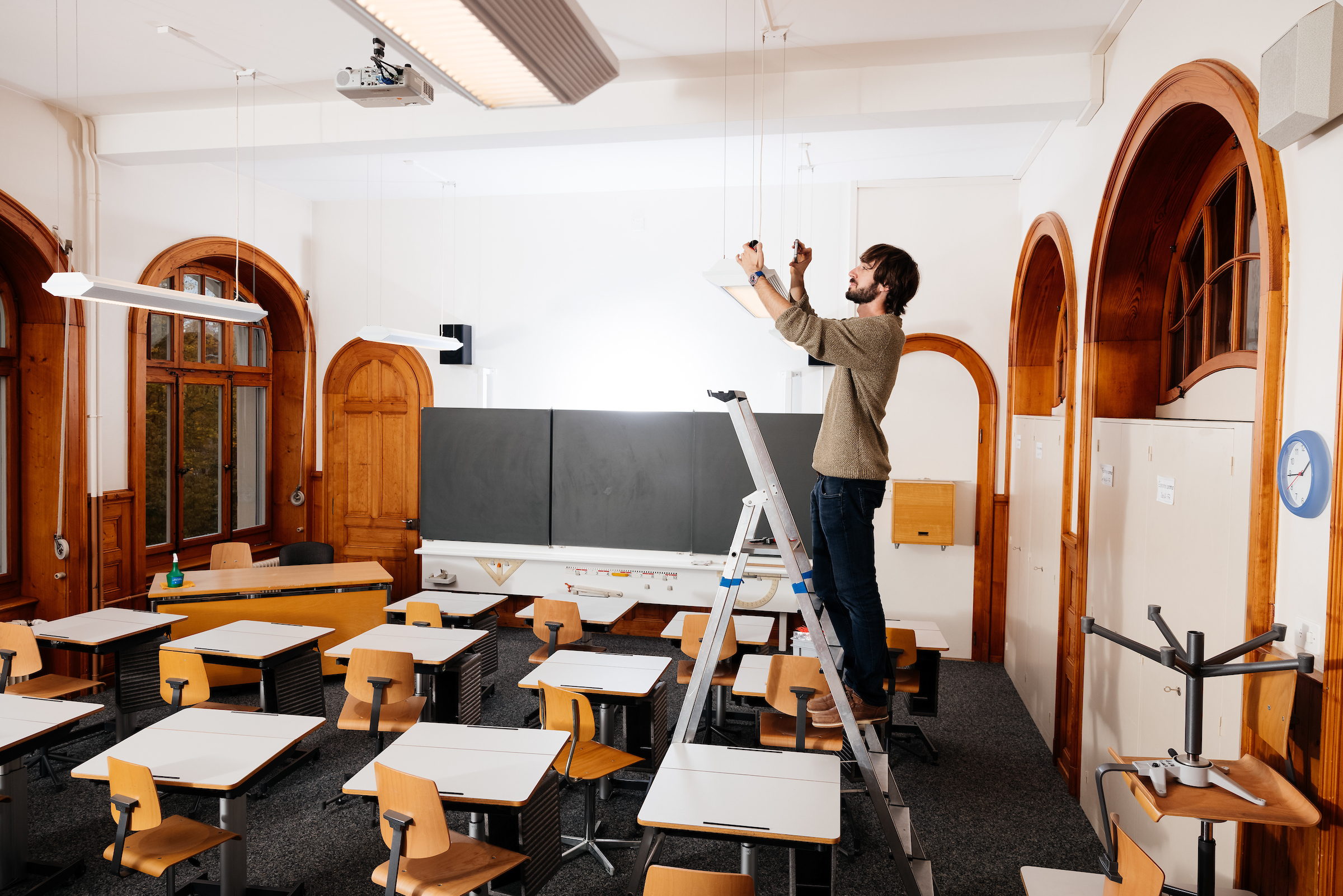
La Liberté
Trop de radon dans
des locaux scolaires
10 novembre 2022
Read the article
Contact
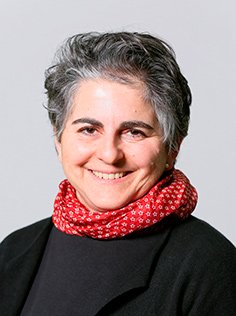
Joëlle Goyette Pernot
-heating, ventilation and air-conditioning HVAC
-construction
